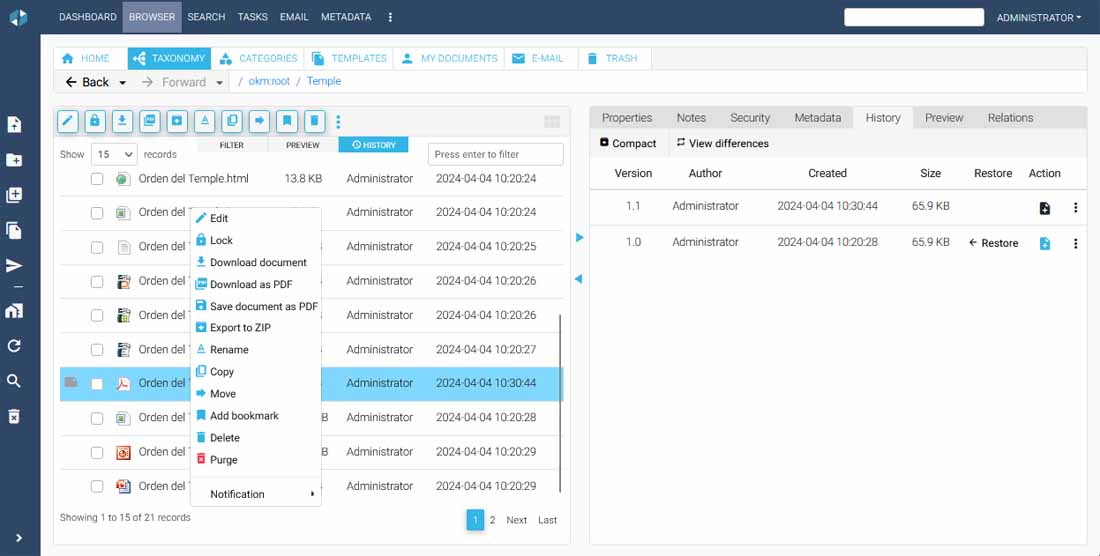
Semi-permissive licenses usually require that if you modify the open source code, you make these modifications available under the terms of the given license. We rate permissive licenses as LOW risk licenses. Some top open source licenses in this category are the Apache and MIT licenses.
#Open source risk engine setup software#
This basically means that you can use and change the open source software as needed as long as you keep the copyright notices intact. Rather, they usually require that you keep the copyright notice in place when you distribute your own software. Permissive licenses generally do not have real limiting conditions.
#Open source risk engine setup license#
LicenseĬommon Public Attribution License 1.0 (CPAL-1.0)Ĭreative Commons Attribution Non-Commercial 3.0 These licenses don’t make the top list, but they’re still in wide use.

Other popular open source licenses by risk GNU Affero General Public License 3.0 or laterĬommon Development and Distribution Licenseĭo What the F**k You Want To Public License

GNU Lesser General Public License (LGPL) 3.0 GNU Lesser General Public License (LGPL) 2.1 RankīSD License 2.0 (3-clause, New or Revised) Developers should consult their legal/technical teams for further guidance regarding license compliance. This classification is only a guideline and should not be used to make decisions about using open source software governed by each license. Top open source licenses by riskįollowing is a list of the most popular open source licenses used by developers and their risk classification as described above. Here, we’ve categorized the most popular open source licenses into three broad groups depending on their terms and conditions and their potential legal risks. What developers need is a broad classification of licenses based on the risks they pose in terms of legal compliance. Therefore, it’s difficult to determine the legal risks of using open source software, especially for developers, who are not usually legal experts. Their interpretation depends on the technical usage of the licensed software. The main problem in this context is that open source licenses are subjective. You know those components are governed by different open source licenses, but do you know all the license details? In particular, the technical and somewhat convoluted licensing conditions that could pose compliance challenges? If you’re a software developer, you probably use open source components and libraries to build software. Learn about the top open source licenses used by developers, including the 20 most popular open source licenses, and their legal risk categories.


 0 kommentar(er)
0 kommentar(er)
